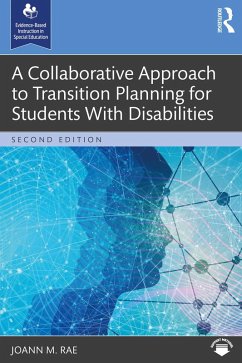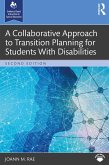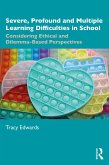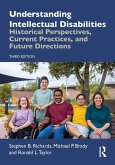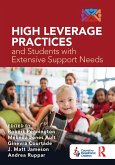This updated edition also includes:
- Descriptions of research-based practices to maximize students' self-determination, autonomy, goal setting, and ability to have successful life experiences
- Opportunities to integrate knowledge with practice by providing strategies that relate to the real-life difficulties students and transition planning specialists may encounter
- Easy-to-replicate communication tools, such as letters to students and parents, as examples to enhance collaboration
- Methods for teachers to effectively promote and increase student involvement and collaboration by using structured and interactive interviews
- Guidance aligned with the most up-to-date special education law
A Collaborative Approach to Transition Planning for Students with Disabilities reflects the universal challenges that teachers, families, and finally, the students themselves face, as they progress through school with a disability. For students with disabilities, the key component to successful transition planning is creating a collaborative atmosphere that allows them to be successful. This book promises to serve as an essential resource to all who are dedicated to that goal.
Dieser Download kann aus rechtlichen Gründen nur mit Rechnungsadresse in A, B, BG, CY, CZ, D, DK, EW, E, FIN, F, GR, HR, H, IRL, I, LT, L, LR, M, NL, PL, P, R, S, SLO, SK ausgeliefert werden.

